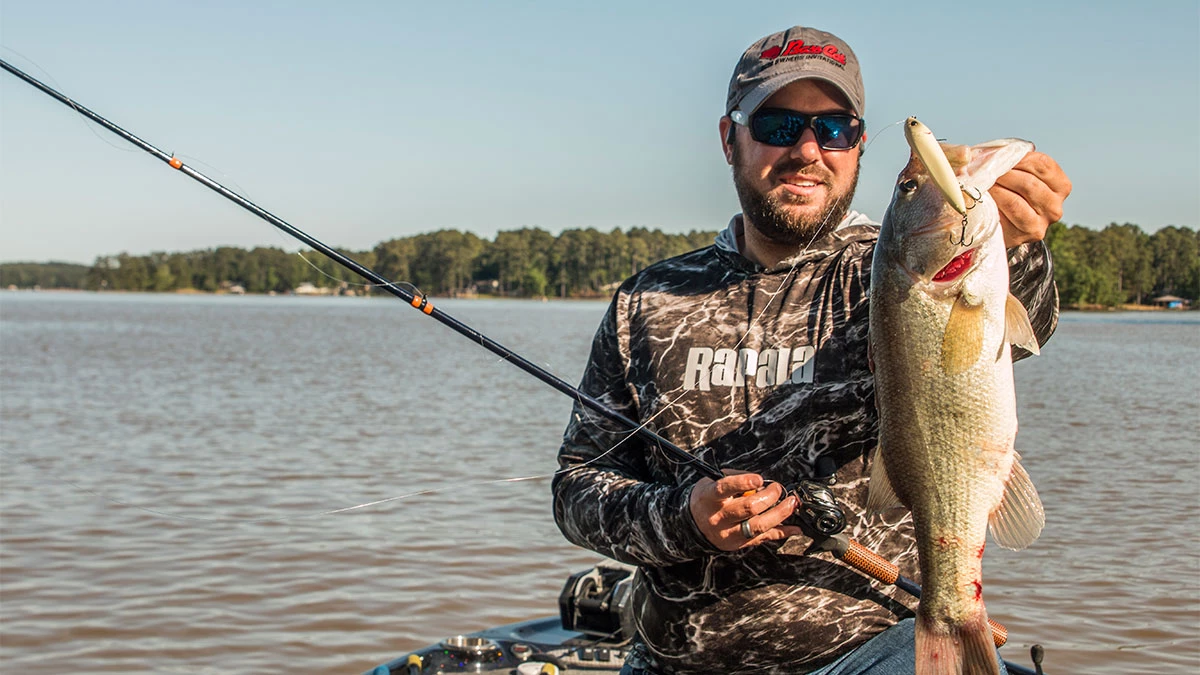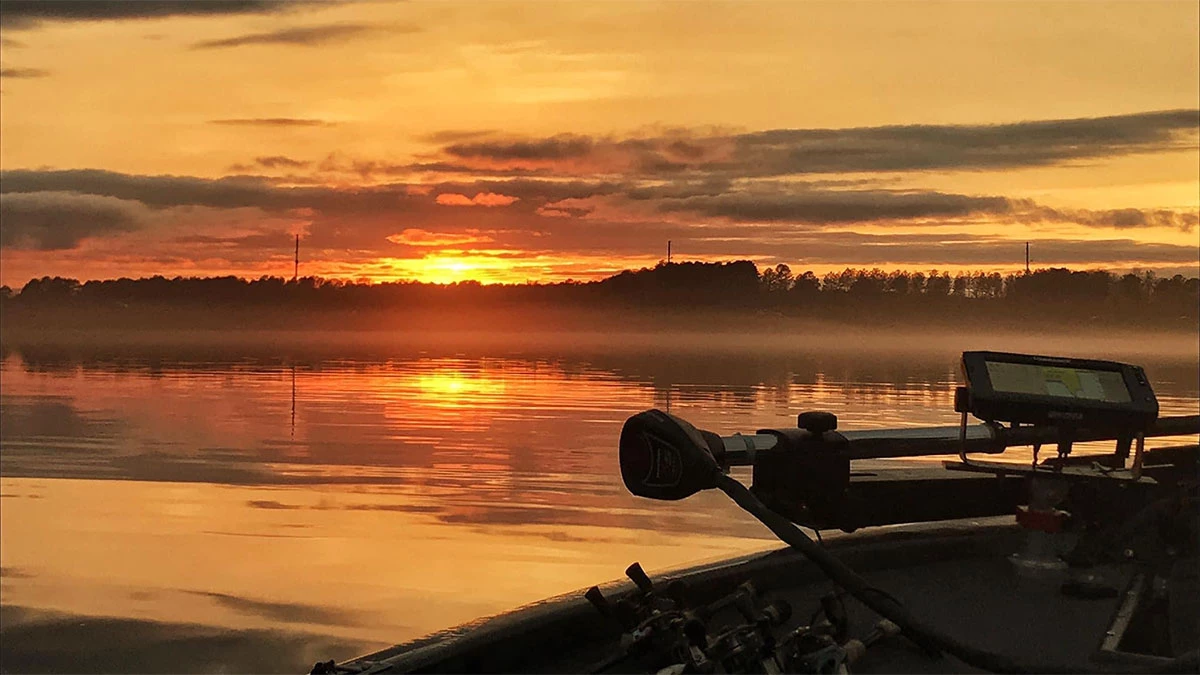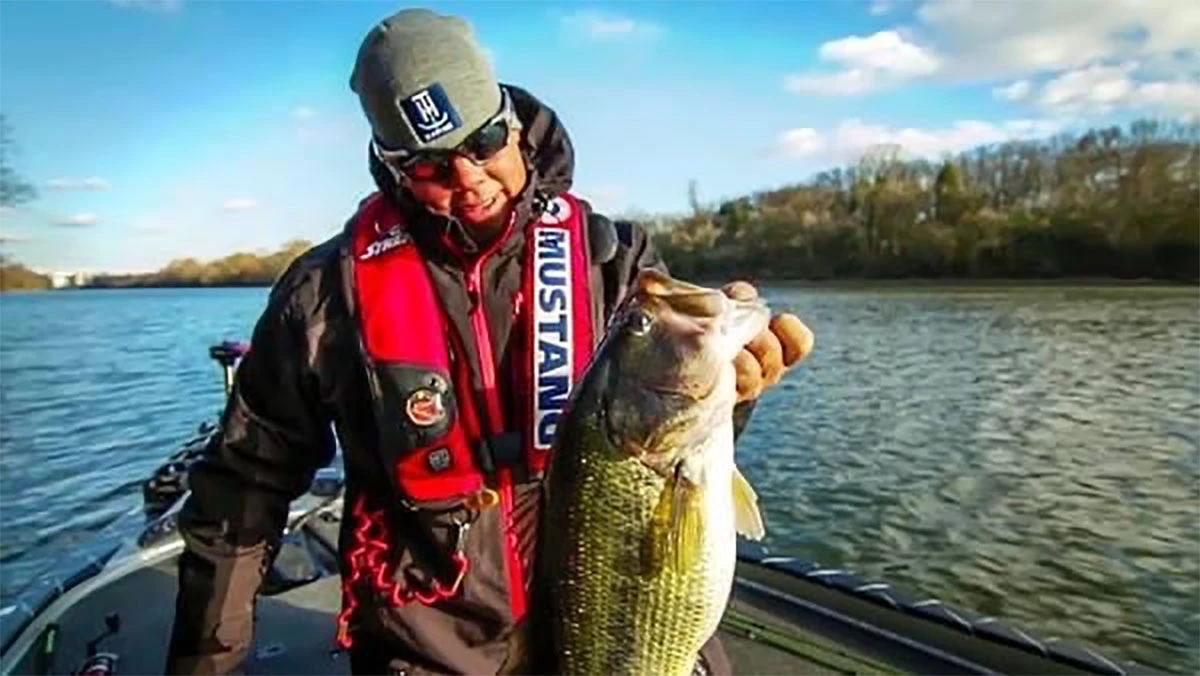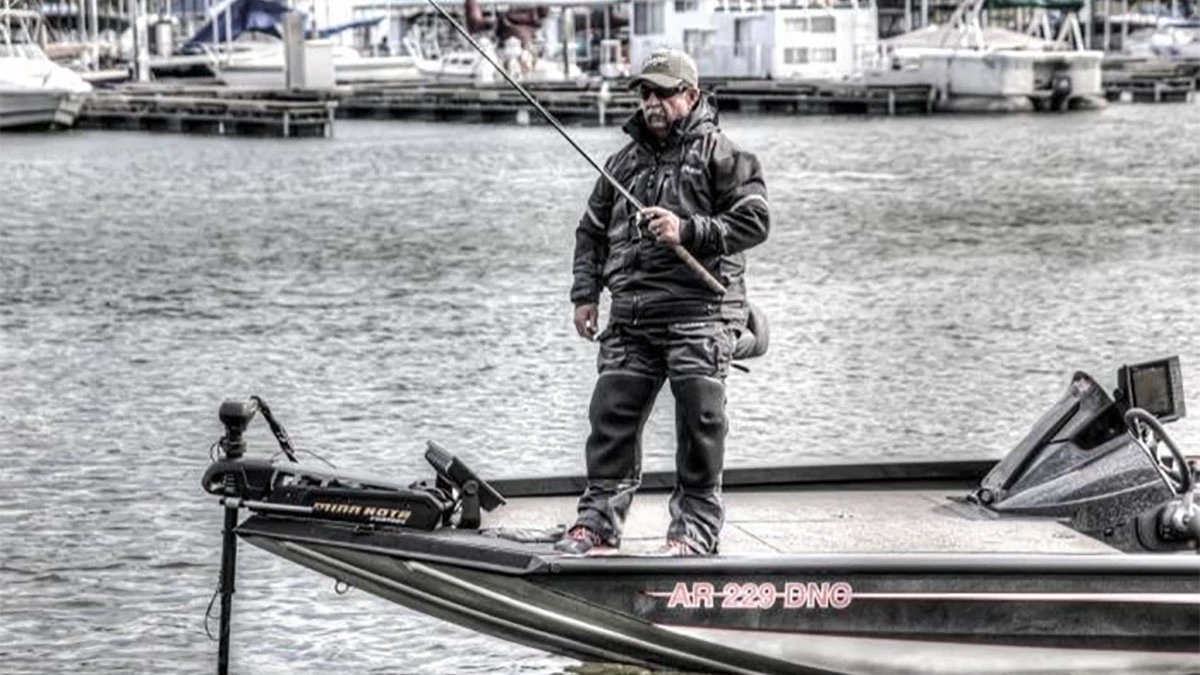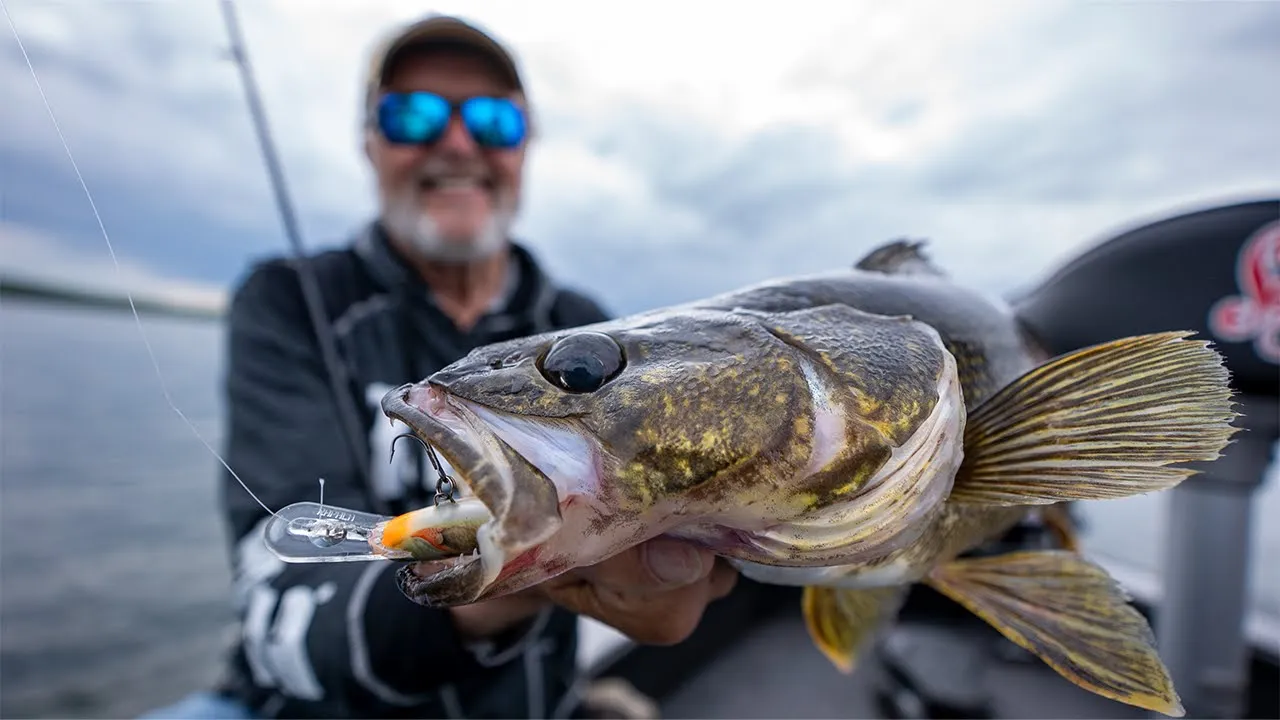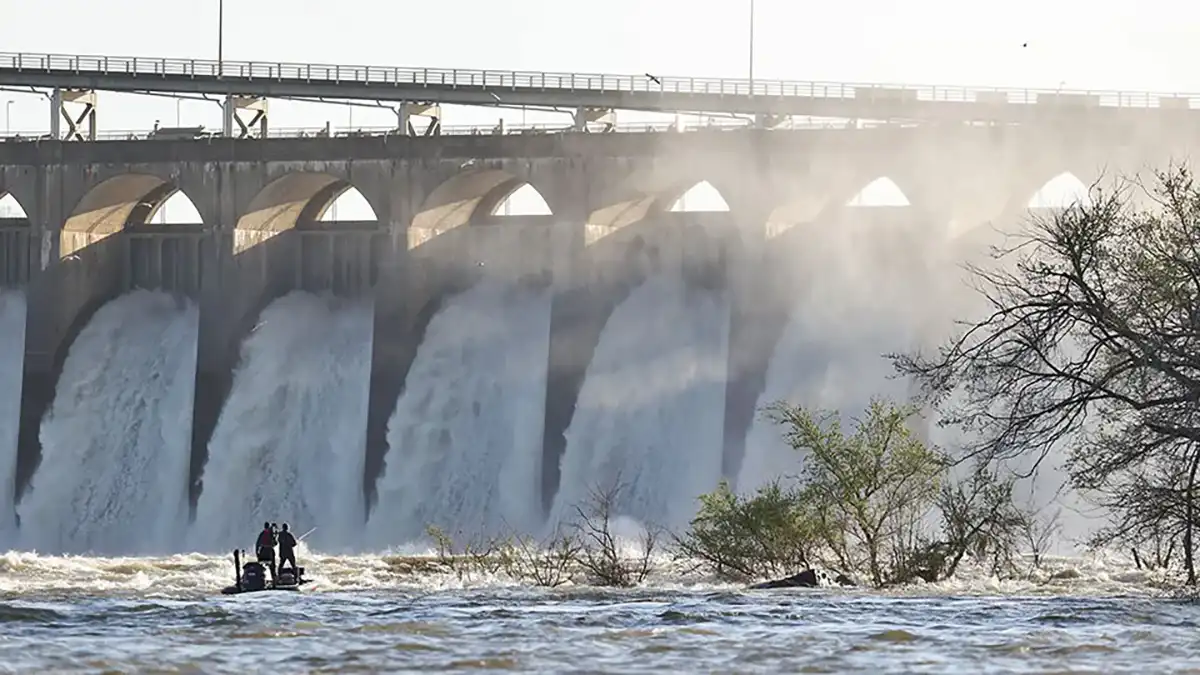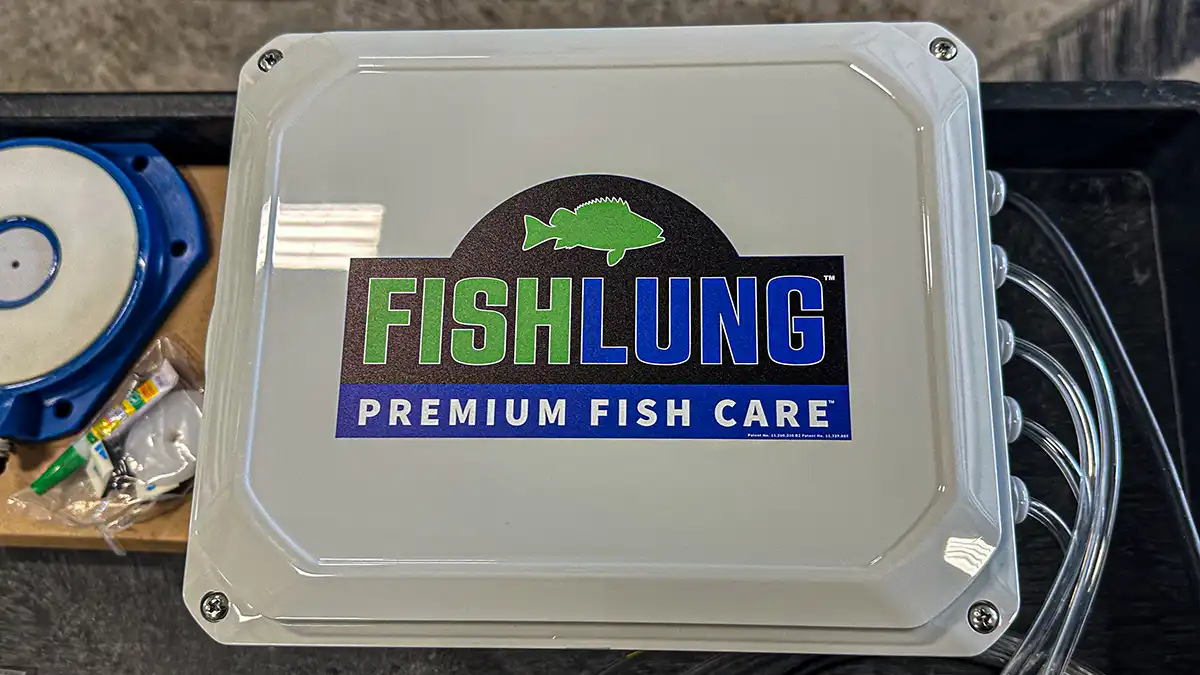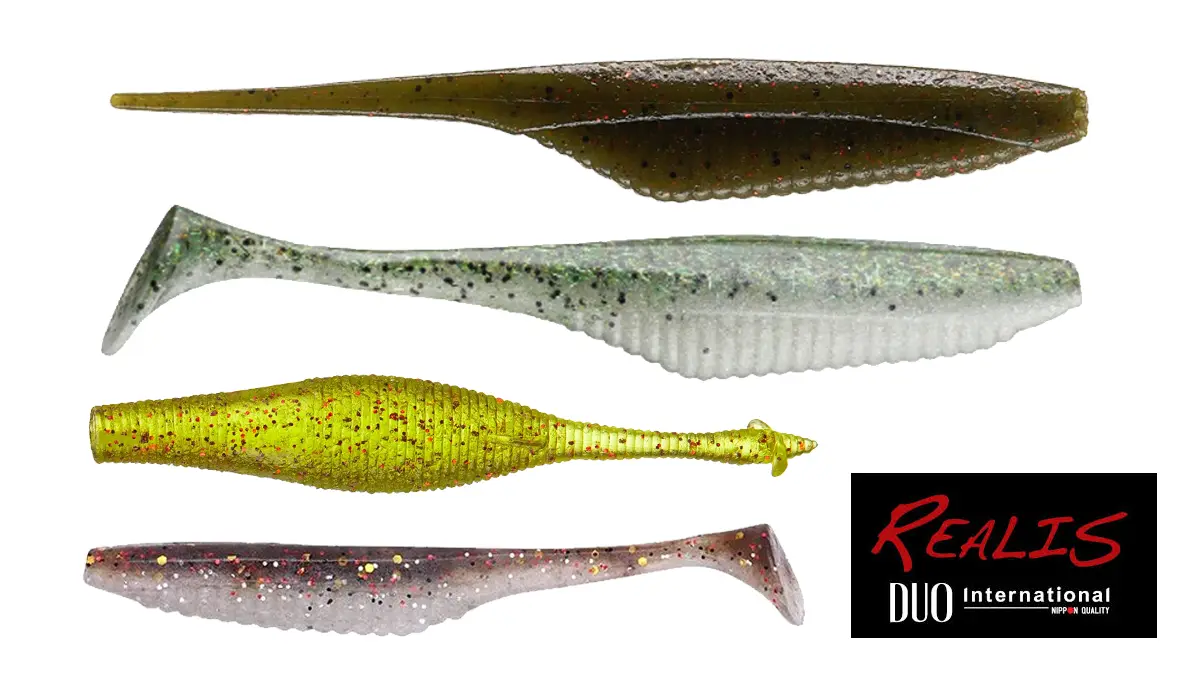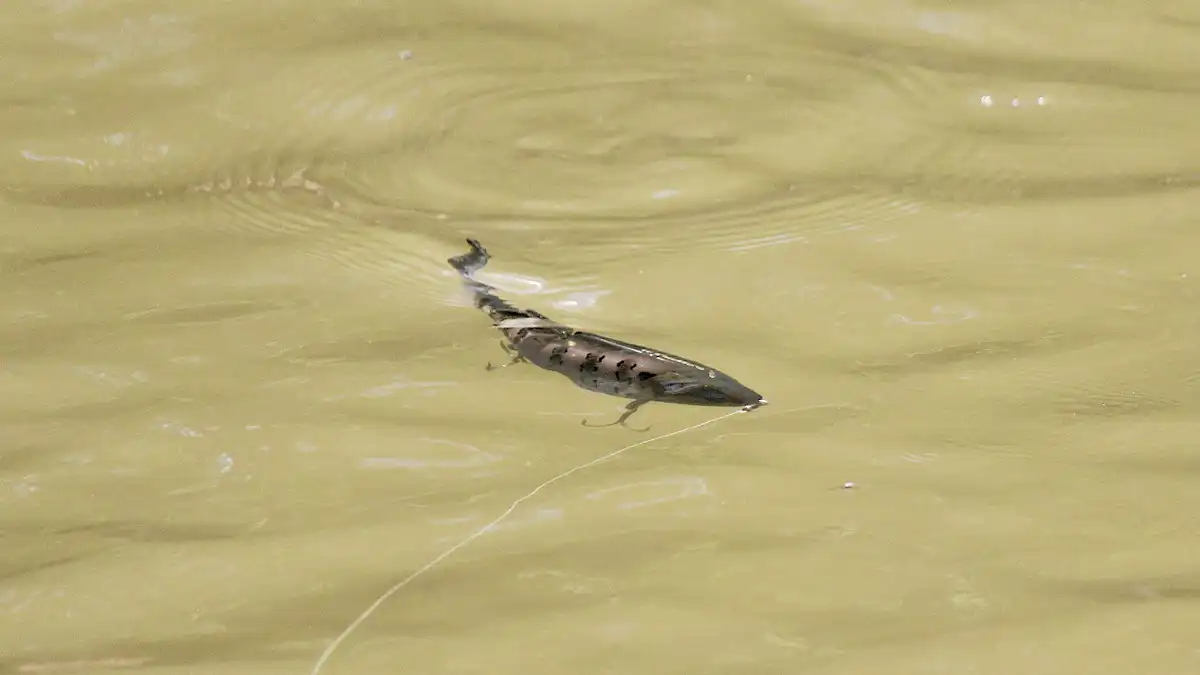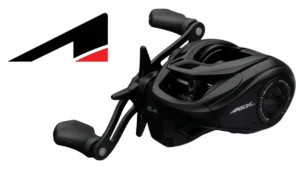Fishing for bass can be a thrilling and rewarding experience but it can also be frustrating if you’re not catching anything. One of the key factors in catching bass is timing—knowing when the fish are most active and feeding. Knowing the best fishing times can make a huge difference in your fishing success.
In this article, we’ll take a look at the best fishing times for bass and what you can do to increase your chances of success.
Early and late hours make a huge difference
First, it’s important to understand that bass are predatory fish that feed primarily on other fish, insects and crustaceans. They are most active during the times when their prey is also active. This means that the best times to fish for bass are typically in the early morning and late evening when the sun is low and the water is cool.
Early morning is a great time to fish for bass because the water is still cool from the night before. The cooler water temperatures makes the fish more active and they are more likely to be feeding.
Additionally, the low-light conditions make it easier to hide suspicious and potentially unnatural characteristics of your lure, increasing your chances of catching something. For instance, the added flash, sound and vibrations of added treble hooks might deter bass in a brighter setting due to the added visibility. When the sun is high in the middle of the day, bass can see a lot more of your offering which gives them an opportunity to detect any irregularities.
Late evening is also a great time to fish for bass. The water is warm from the sun’s rays during the day but as the sun sets, the water begins to cool down. This cooling process triggers the fish to start feeding again, making them more active and more likely to bite your lure. I like to equate this to human behavior as well, so hang with me for a second.
If you’ve been working in the yard all day in the hot sun, you’re pretty well spent by the end of the day—you’re hot, tired and lethargic. But if you’re able to get your hands on a few cold bottles of water and chug ‘em, you feel like a new person within just a few minutes. I think that’s what cooler nights do to bass; it’s been hot all day and once that water cools down, it re-energizes the bass and gives them the energy to have one final feeding period before the end of the day.
Best moon phases for fishing
The current moon phase is perhaps one of the most difficult things to nail down when it comes to choosing the best fishing times. Whether you’re targeting fresh- or salt-water fish, you’ll eventually notice some type of correlation between the current moon phases and your fishing success.
I’m a simple guy when it comes to fishing and I’ll be really honest with you on this one; you can get down in the weeds quick when it comes to your fishing success and moon phases. Fishing can be as complicated as you want to make it, so let’s stick with the basics in this section. If you follow these guidelines you’ll be just fine and catch plenty of fish.
New- and full-moon phases are outstanding times to fish, regardless of the species you might be targeting. You might think these conditions only affect the fish you’re targeting but I’m a firm believer that these two moon phases make a big impression on all animals; both domestic and wild.
For instance, my wife and I have a cat that was once feral but is now (somewhat) domesticated; she came to us while we were remodeling our house. Never having owned a cat before, we didn’t understand how much moon phases affected her. But through the years, we’ve noticed that throughout new- and full-moon phases, she acts like an absolute nut job whether she’s inside or outside of our house. Her eyes get big, she runs around like crazy and she doesn’t want anything to do with us.
As it turns out, when the cat starts acting like this during these moon phases, I’ve absolutely noticed that the fish start biting. There’s some sort of odd correlation between all wildlife that seems to make animals especially active during a new or full moon. So make sure to keep a close eye out for that throughout the year.
Throughout the spring months when the water is between roughly 55 and 70 degrees, a full moon will also bring thousands of bass to the shallows in their annual attempt to spawn. As they make nests and lay eggs, they become especially easy to target and the pull of the full moon is essentially their “green light” to move shallow execute their duties. Most of the huge weights you’ll see in local tournaments come from full-moon periods in the spring season, when the water temperatures are in the aforementioned range.
Crawfish behavior and color transitions—or crayfish, depending on where you live and how you prefer to say it—is also largely dictated by moon phases. They’ll come out of their hidey-holes in rocks, grass and other underwater cover and become more active and molt within a few days on either side of a full moon. They’ll pick around, change colors and become a major food source for big bass.
2023 FISHING MOON CALENDAR
- JANUARY — Full Moon – 6th / New Moon – 21st
- FEBRUARY — Full Moon – 5th / New Moon – 20th
- MARCH — Full Moon – 7th / New Moon – 21st
- APRIL — Full Moon – 5th / New Moon – 19th
- MAY — Full Moon – 5th / New Moon – 19th
- JUNE — Full Moon – 3rd / New Moon – 17th
- JULY — Full Moon – 3rd / New Moon – 17th
- AUGUST — Full Moon – 1st / New Moon – 16th / Full Moon – 30th
- SEPTEMBER — New Moon – 14th / Full Moon – 29th
- OCTOBER — New Moon – 14th / Full Moon – 28th
- NOVEMBER — New Moon – 13th / Full Moon – 27th
- DECEMBER — New Moon – 12th / Full Moon – 26th
Solunar tables for fishing
Solunar tables are tables many anglers use to figure out the best days of the month for catching fish. These tables combine tide information, sunrise times and sunset times to help predict when fish will bite best.
As previously discussed, it’s widely believed that both new- and full-moon phases represent the times of highest fish and game activity. Conversely, fish feeding activity seems to be worst during a quarter- or three-quarter moon. There are a bunch of options of solunar tables on the internet and they’re readily available to help you make the most of your next fishing trip.
Fishing weather
Another factor to consider when fishing for bass is the weather. In cold-weather situations, bass tend to be less active on cloudy, rainy or overcast days and they tend to stay deeper in the water. However, when the sun is shining and the sky is clear, the fish are more likely to be in the shallows, making them much more accessible to anglers.
Conversely, you can expect to find bass in deeper waters near depth changes such as creek and channel bends in sunny, warm-weather conditions. When it’s warm and cloudy, you can find a bunch of nice bass roaming the shallows.
With those simple theories out of the way, it’s also important to discuss the undeniable importance of barometric pressure in regards to the best fishing times. Without boring you with a bunch of lame scientific speak, let’s keep it simple: Before and during a weather front, the barometric pressure is low; this is when some folks feel aches in their joints or get a headache at times. After a front moves through an area, the barometric pressure becomes especially high which almost always results in windy, cool conditions and bluebird skies.
Without question, fish bite best in times of lower barometric pressure. Whether this happens before or during summer storms or even during a winter snow storm, you can fully expect to get more bites as a significant weather event is happening. This is certainly not encouraging you to fish in unsafe conditions but whenever you can open your favorite weather app and see that pressure dropping, it’s time to go fishing.
Don’t disregard wind direction either when you’re trying to determine the best fishing times. As we discussed earlier, it’s nothing to get too carried away about but it’s certainly worth mentioning that fish do tend to bite better under certain wind directions.
If your area is experiencing a stiff wind coming from the north or the east, it’s a good idea to stay at home and wait for another day. These north and east winds most often represent much colder air which is never good for fishing. Not only will you be uncomfortable but you’ll also be battling the higher barometric pressure that these cold winds tend to bring.
You might have heard the old saying before but in case you haven’t, keep this in mind:
“Wind blows from the east, the fish bite the least. Wind blows from the west, the fish bite the best.”
Best time of year for bass fishing
In addition to the aforementioned factors, it’s also important to consider the time of year when fishing for bass. The spawning season, which typically occurs in the spring when water temperatures are between 55 and 70 degrees, is a great time to catch bass.
During this time, the fish are more active and can be found in shallower water, making them easier to catch. Because this concentrates them in shallow waters, it makes them more accessible to anglers of all kinds. Whether you’re in a boat or fishing from the bank, all of the bass that have been hiding all year are shallow and easy to target during this period.
Another important factor to consider when fishing for bass is the water temperature. Bass are cold-blooded fish, which means that their metabolism and activity level are directly affected by the water temperature.
Optimal water temperatures for bass are between 55 and 75 degrees Fahrenheit, but don’t get too caught up in the numbers. As long as you’re within several degrees of that range, you can expect consistent success. When the water temperature is too far below or above that range, the fish will be less active and less likely to bite.
When it gets super hot in the summer, one of my favorite things to do is go fishing at night. With the crowds and recreational boats off the water for the day, you’ll often have the lake to yourself and be able to catch lots of bass on dock lights and other kinds of shoreline cover. Lots of action combined with cooler and more comfortable conditions makes summer bass fishing a lot more enjoyable.
Another period to keep in mind is the late-fall period just before winter arrives. It’s hard to explain in an article but these bass know that a major seasonal change is coming. They’re about to become much more lethargic in the coming cold-water months and their main priority is to feed as much as they can to sustain their current body weight. For an opportunistic angler, this means they get pretty indiscriminate throughout the late fall and will eat just about anything they can get their mouths around. They know food is about to become scarce so this is a great time to target aggressive fish.
In summary, the best times to fish for bass are in the early morning and late evening when the sun is low and the water is cool. The weather, time of year, and water temperature are also important factors to consider when fishing for bass. By understanding these factors and using the right lure or bait, you can increase your chances of catching bass and have a successful fishing experience.


